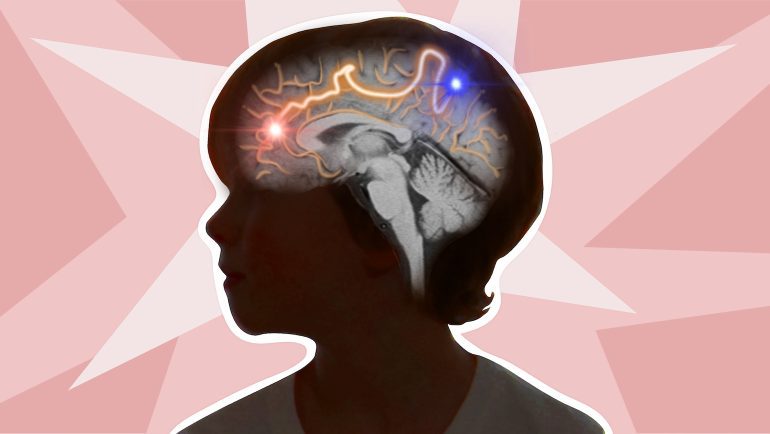- USC researchers develop AI system for accurate detection of rare epileptic seizures.
- Epilepsy affects millions globally, with early detection crucial for effective treatment.
- Conventional methods struggle with rare seizure types, highlighting need for innovation.
- New AI framework integrates diverse data sources to enhance diagnosis accuracy.
- System identifies nuanced patterns indicative of seizures, even with sparse data.
- Technology aims to complement, not replace, medical professionals’ expertise.
- Potential future integration with wearable sensors could enable real-time seizure detection.
Main AI News:
Cutting-edge AI developed by USC computer science researchers is transforming the landscape of epilepsy diagnosis. In the United States alone, over 3.4 million individuals grapple with epilepsy, a neurological disorder characterized by seizures, while globally, this figure surges to a staggering 65 million. Despite its prevalence, identifying and categorizing epileptic seizure types, particularly the rare and intricate ones, poses a formidable challenge, even for seasoned medical professionals.
Epilepsy, with its pervasive impact, affects approximately 1 in 26 people at some stage in their lives. Tragically, 1 out of 1000 epilepsy patients succumbs to unexpected deaths annually. Amidst these statistics lies a pressing need for precise and timely detection methods to enhance treatment outcomes and mitigate risks.
Traditionally, the journey towards epilepsy treatment initiation commences with early detection. The World Health Organization underscores that 70% of individuals grappling with epilepsy could lead seizure-free lives if diagnosed and treated effectively. However, conventional diagnostic approaches often falter in identifying rare seizure forms, underscoring the necessity for innovative solutions.
Machine learning, propelled by advancements in technology, has emerged as a promising avenue for seizure detection and classification. Leveraging electroencephalography (EEG) signals captured via brain electrodes, machine learning algorithms unravel intricate correlations imperceptible to the human eye. Yet, despite its potential, existing AI systems encounter limitations in detecting rare epileptic seizures due to sparse data availability.
In a groundbreaking stride towards addressing this challenge, USC researchers have pioneered an AI system designed to scrutinize brain interactions, thereby amplifying the accuracy of rare and complex epilepsy case diagnoses. Unveiled at the prestigious Advances in Knowledge Discovery and Data Mining (PAKDD) conference in May 2024, this revolutionary system heralds a 12% enhancement over contemporary models.
This innovative AI framework, conceived through meticulous research and development, transcends conventional paradigms by integrating diverse data sources often overlooked in epilepsy detection. By assimilating information regarding EEG electrode positions and the corresponding monitored brain regions, the AI discerns nuanced patterns indicative of impending seizures. Notably, this holistic approach empowers the system to yield precise outcomes with minimal data inputs, even in scenarios featuring scant examples of rare seizure types.
Co-author Cyrus Shahabi, a distinguished figure in computer science, electrical engineering, and spatial sciences, underscores the system’s significance in navigating the intricacies of epileptic seizures, particularly the obscure variants. By elucidating spatial relationships within brain regions and prioritizing pertinent areas implicated in seizure manifestation, such as the motor cortex and basal ganglia, the AI adeptly discerns activity patterns synonymous with rare seizures like atonic seizures.
Crucially, the researchers emphasize that the AI system doesn’t aim to supplant medical professionals but rather complement their expertise, especially in challenging diagnostic scenarios. Renowned USC neuroscientist Paul Thompson lauds this transformative breakthrough as a potential “game-changer” in clinical neurology, lauding its capacity to decipher elusive patterns beyond human discernment.
Looking ahead, the researchers envision a future where this groundbreaking technology seamlessly integrates into wearable sensors, interfacing with smartphones to facilitate real-time seizure detection and intervention. By enabling prompt alerts in response to irregular brain wave patterns, this innovation holds immense promise in revolutionizing epilepsy diagnosis and treatment, potentially saving countless lives in the process.
Conclusion:
The development of this AI system represents a significant leap forward in epilepsy diagnosis and treatment. Its ability to accurately detect rare seizure types, even with limited data, has the potential to improve patient outcomes and reduce mortality rates associated with epilepsy. This innovation opens up opportunities for the healthcare market to invest in AI-driven solutions for neurological disorders, paving the way for enhanced patient care and clinical decision-making.

